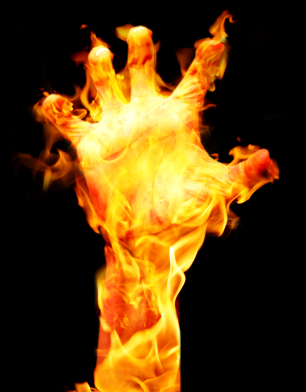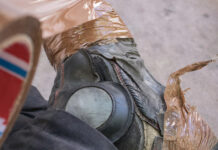When you work outside in the summer, safety involves a whole lot more than just wearing steel-toe boots, hard hats, or high-visibility clothing. Safety also means surviving and thriving under the big hot sun. Heat Stress is nothing to mess around with. The heat can cause serious damage and send you to the hospital or worse, so there are a number of precautions that are very important for you to take to prevent a heat-related illness. Heat stress prevention is as important as any other regulations that need to be followed.
The most important heat stress prevention tips are to plan ahead and stay safe. And that goes for supervisors too, not just workers. Supervisors hold responsibility to make sure that there is fresh, cool drinking water as close to the workers as possible. Supervisors also need to provide shade for breaks when workers need to recover. Since they’re in a supervisory role, it falls on supervisors to also educate their crew on the common signs of heat stress, as well as ways to prevent heat-related illnesses before they even happen. It is important that the supervisor select a designated person to tell if there is a heat-related emergency. Supervisors also need to make sure that employees who are working in high heat or at extreme heat index levels are being physiologically monitored as necessary.
There are also a number of precautions that crew members themselves need to take. First of all, the thing people often forget is that the body needs time to adjust to increased heat. This is why people in Arizona have no problem being in 100-plus degree weather, while it overwhelms people from the upper midwest — they’re used to it. So if it’s been a while since you’ve worked in the heat (a week or more), your body needs extra time to adjust. So take more breaks or do less strenuous work during your first weeks. Another good measure of safety is to use the buddy system and watch out for other workers on your crew. Resting in the shade to cool down is also important. And of course, DRINK WATER. It’s important to drink plenty of water every 15 minutes, at minimum a liter (32 oz) every hour.
Wearing personal protective gear is also extremely helpful. Hats and light-colored clothing reduces sun exposure. Using absorptive or evaporative cooling accessories to can aid in keeping your core body temperature at the right level. Fast-drying clothes can also wick away heavy sweat from your skin and provide relief. The use of cooling products to prevent heat stress is another great idea. Ergodyne has developed many wonderful products that can be a great asset when you’re working in the heat. Some of these cooling products include a synthetic cooling towel which can be dampened to create significantly colder than ambient air, a hi-vis ranger hat with cooling towel that is lined with PVA material and activates in less than a minute, evaporative cooling vests, high-performance dew rags, evaporative cooling towels that strap or tie on and contain cooling PVA material that activates in less than a minute, hard hat neck shades that keep the sun off your neck and deliver cool comfort, and heavy-duty tents that provide shelter and relief from the sun, wind and rain.
Taking these proactive steps to protect yourself and those who work for you is important. Plan ahead by looking out for each other, staying hydrated, and using Ergodyne products that help eliminate the risk of heat stress. For more information on heat stress prevention, visit osha.org. To get yourself these protective products from Ergodyne, visit Workingperson.com.




